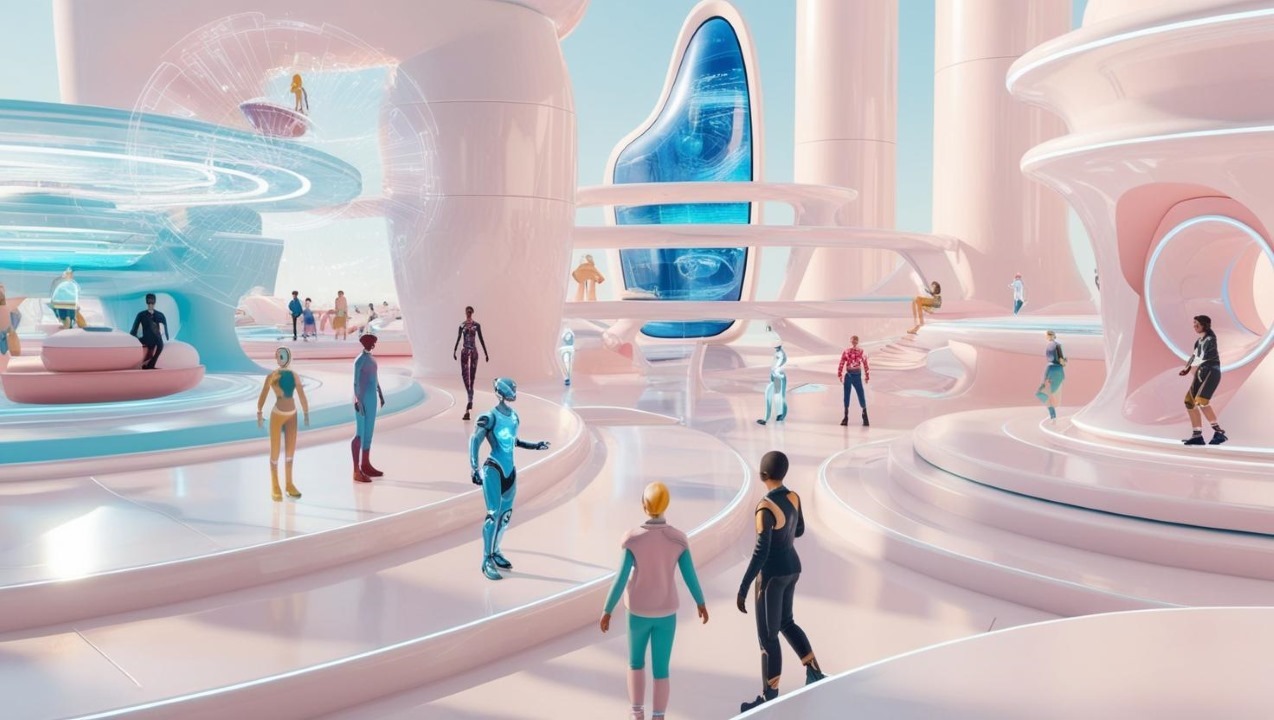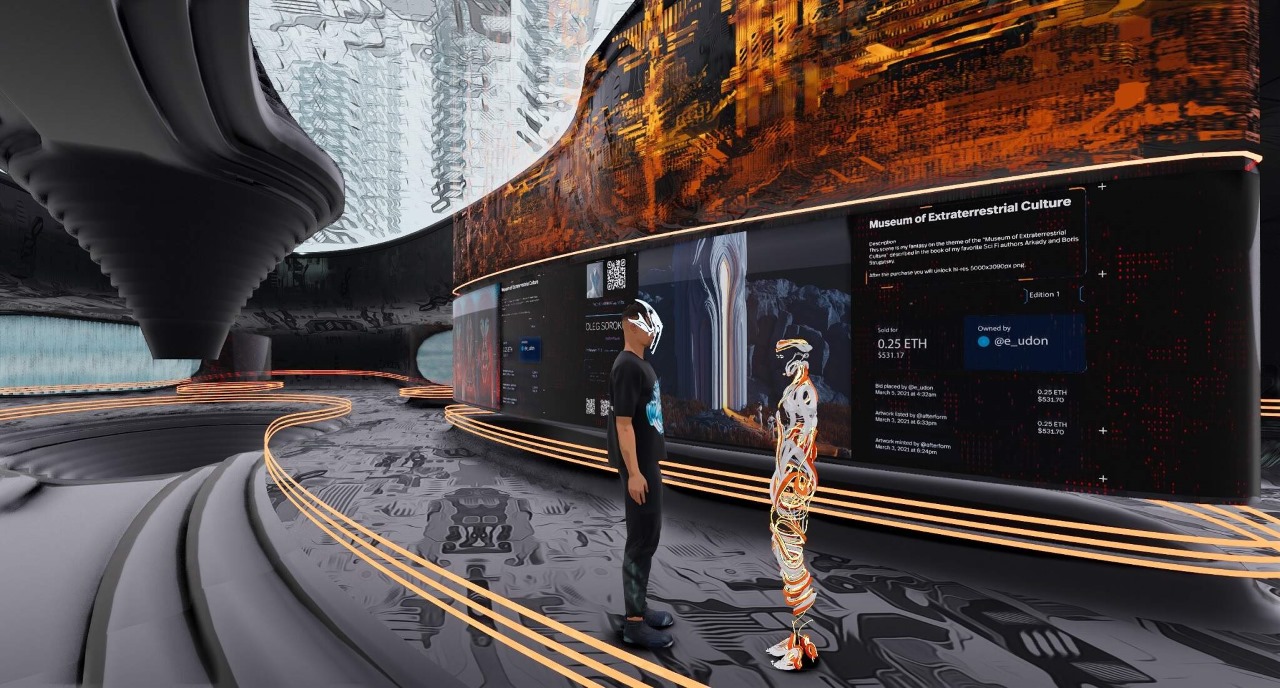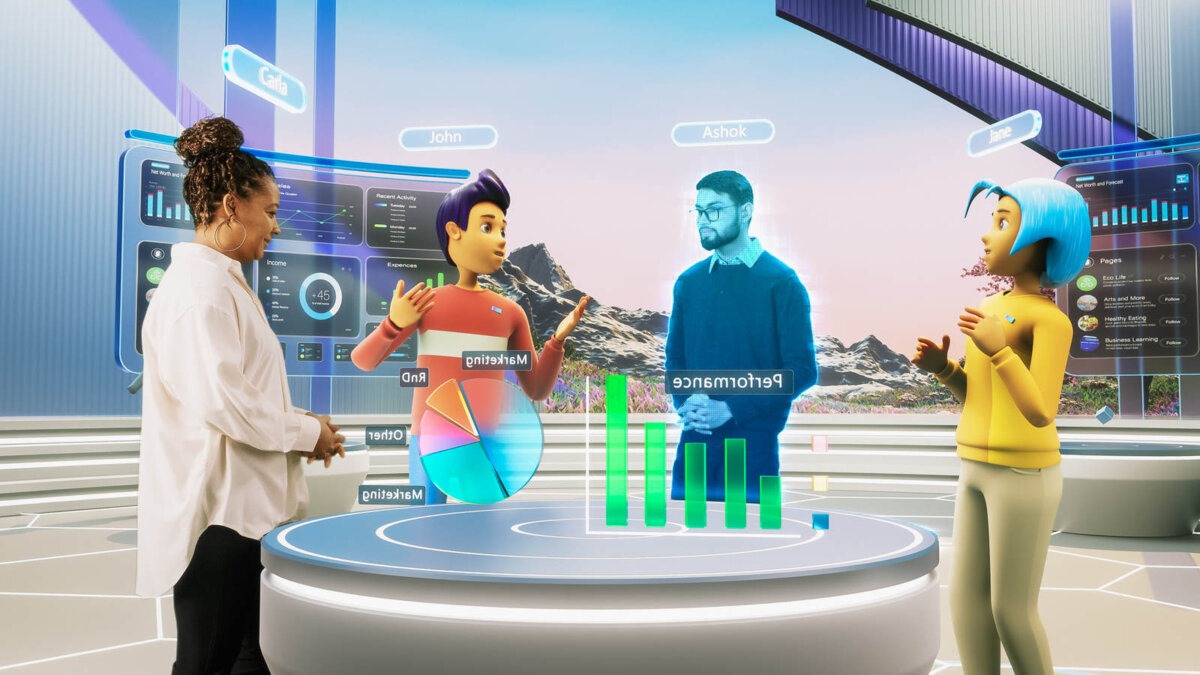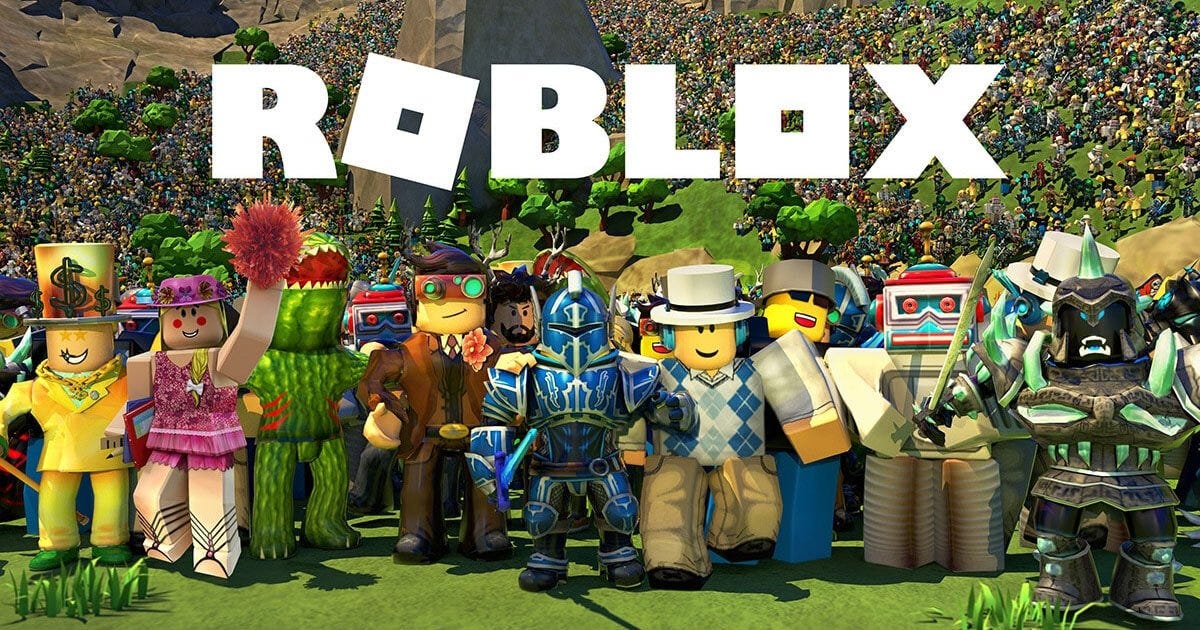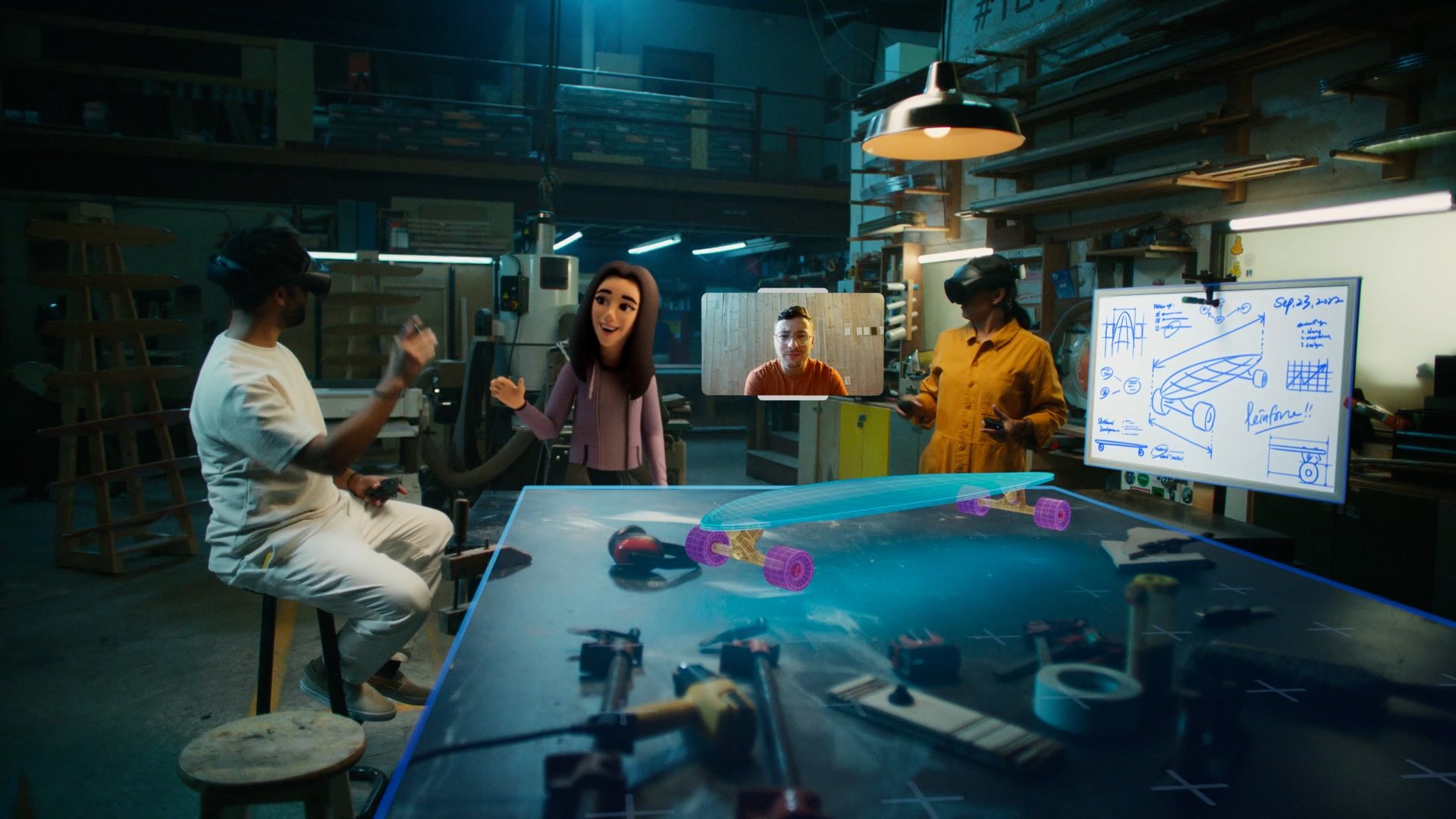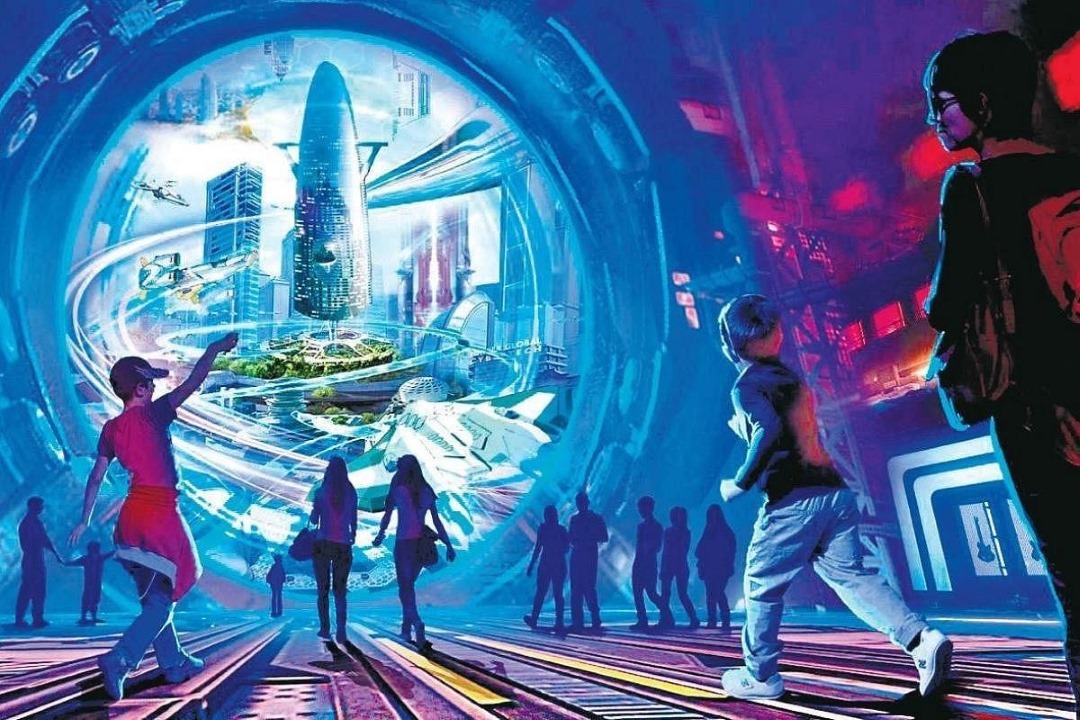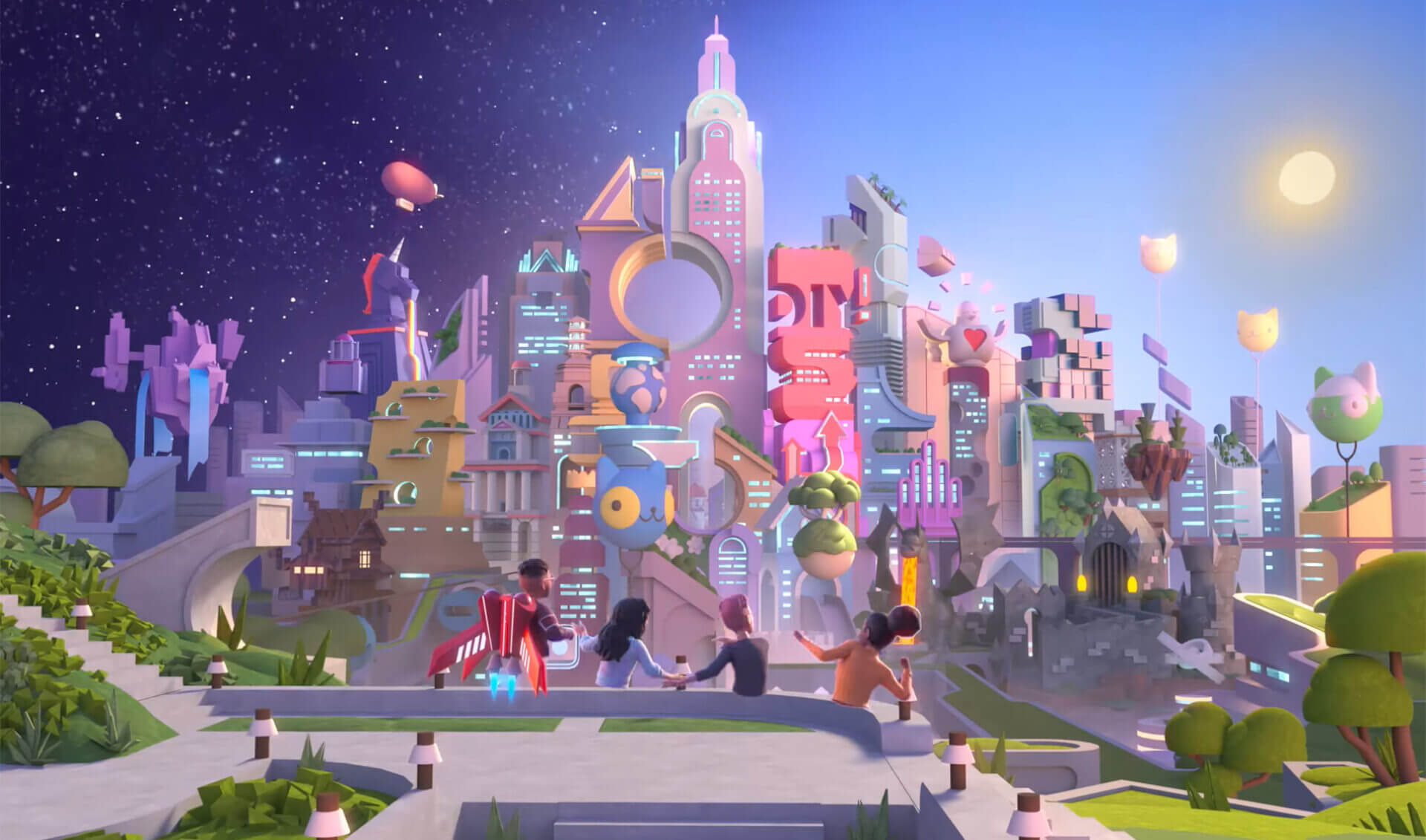A few years ago, it felt like the metaverse was on everyone’s lips. It was supposed to be the next big thing—a digital utopia where we could work, play, socialize, shop, and even build new lives. The buzz was relentless. Tech giants rebranded themselves around it. Startups raised billions. NFTs were sold for more than real homes. But now, in 2025, the word “metaverse” has become conspicuously absent from most headlines. What happened? Is the metaverse dead, or is it simply lying low, waiting for its second act?
To understand the current silence, we have to rewind a bit and look at where it all began.
The Rise of the Metaverse
The metaverse didn’t come out of nowhere. Its roots stretch back through decades of science fiction, virtual worlds, and immersive tech. Neal Stephenson coined the term in his 1992 novel Snow Crash, and the concept was later popularized in Ready Player One. But for most people, the metaverse only entered the mainstream conversation when Facebook rebranded as Meta in October 2021.
That move signaled a seismic shift. Mark Zuckerberg announced that the company was pivoting from being “a social media company to a metaverse company.” Billions of dollars were poured into research and development. Meanwhile, companies like Microsoft, Epic Games, Roblox, and Nvidia joined the conversation, each painting their own vision of this shared virtual future.
Brands rushed in. Gucci, Nike, and Balenciaga launched virtual collections. Adidas bought land in The Sandbox. Virtual concerts in Fortnite drew millions. Investors flooded metaverse platforms. Crypto and NFT projects pitched the metaverse as a new economic frontier. The narrative was everywhere: this was the next internet.
The promise was irresistible—a persistent, shared, immersive digital space where avatars replace video calls, virtual goods hold real value, and borders don’t exist. It seemed inevitable. The momentum felt unstoppable.
And then… things started to get quiet.
Challenges and Decline
The metaverse dream, as it turns out, ran headfirst into reality. While the concept was bold and imaginative, the execution was riddled with limitations, confusion, and unrealistic expectations.
One of the biggest issues was technology readiness. Full immersion in the metaverse requires high-end VR headsets, spatial audio, haptics, powerful GPUs, and fast internet. But most people don’t have those tools. Devices like the Meta Quest were improving, but they were still niche, expensive, and bulky. Many users reported motion sickness, discomfort, and battery issues. The hardware simply wasn’t ready for mass adoption.
Then there was the user experience. Platforms like Horizon Worlds—Meta’s flagship metaverse product—felt underwhelming. The environments looked cartoonish and empty. The avatars lacked legs. Interaction was clunky. Users showed up… and quickly logged off. Engagement rates dropped. Retention was low. The novelty wore off fast.
Add to that the fragmentation of platforms. Every company had its own idea of what the metaverse should be—some leaning into gaming, others into enterprise, others into crypto. There was no unified standard. Most worlds didn’t connect. Instead of one cohesive metaverse, we got a thousand walled gardens, each shouting over the other.
The hype cycle didn’t help. The term “metaverse” became a catch-all for everything—from NFTs to AI avatars to 3D games. Expectations were sky-high, but the actual products didn’t match the vision. It became a marketing gimmick rather than a tangible reality. People started to roll their eyes at the word.
And then, crypto crashed. The collapse of Terra, FTX, and several major NFT projects shattered confidence in the digital economy that many metaverse platforms were built upon. Suddenly, virtual land wasn’t selling. Metaverse tokens lost value. The speculative frenzy died down—and with it, much of the enthusiasm.
Corporate Shifts and Strategic Pivots
Perhaps the most telling sign of the metaverse’s cooling momentum came from the companies that had once championed it. Meta, the company that put the term on the map in the 2020s, quietly began shifting its focus in 2023 and 2024. Despite investing over $36 billion into Reality Labs, the division building metaverse hardware and software, returns were minimal. User numbers plateaued. Criticism mounted.
So Meta started pivoting—hard. AI became the new priority. Threads and Instagram received massive updates. Metaverse talk faded from earnings calls. Horizon Worlds received fewer updates, and eventually, reports leaked that many teams were reassigned or downsized. By early 2025, Meta’s public narrative had shifted almost entirely toward AI-first infrastructure and next-gen social media, not the metaverse.
They weren’t the only ones. Microsoft shut down AltspaceVR, one of its virtual meeting platforms, and began integrating immersive tools into more traditional productivity apps like Teams. Google barely mentioned the metaverse at all, instead focusing on AI and AR.
Even Roblox, which many saw as a working metaverse prototype, began distancing itself from the label. They continued to grow and evolve, but they didn’t position themselves as a “metaverse company” anymore—just a platform for user-generated gaming and social experiences.
For startups, the situation was even more stark. Many crypto-metaverse platforms either folded, drastically downsized, or rebranded entirely. The Sandbox and Decentraland saw steep drops in daily active users. Virtual real estate markets dried up. Big brands stopped opening stores in digital malls. Investors moved on.
The industry didn’t die—it morphed. It stopped using the word “metaverse” and started talking about AI, digital twins, spatial computing, or immersive web instead. Same goals, new language.
Current State and Industry Sentiment
So where does that leave us now?
The metaverse, as a buzzword, has clearly lost steam. It’s no longer front-page news. Venture capital is flowing into generative AI, not immersive worlds. Even consumer interest has waned. Search trends for “metaverse” have dropped significantly since their peak in late 2021. In casual conversation, it’s almost vanished.
But that doesn’t mean nothing’s happening.
Behind the scenes, incremental progress is still being made. Apple’s Vision Pro, launched in 2024, reintroduced the idea of spatial computing without ever using the word “metaverse.” It offered a glimpse into what the future of immersive experiences could be—without the baggage. Developers are building new AR apps, mixed reality games, and collaborative 3D tools.
Epic Games continues to develop Unreal Engine as a platform for virtual worlds and experiences. Nvidia’s Omniverse is still a major force in digital twin technology and industrial metaverse applications. Unity, too, is investing in tools for creators building immersive content—even if they don’t market it under the metaverse banner.
And let’s not forget the millions of users still logging into virtual worlds like Minecraft, Fortnite, Roblox, and VRChat. These spaces may not carry the metaverse name, but in function and culture, they are pieces of it.
The difference is that the industry has stopped selling the dream and started building toward reality—slowly, quietly, with more realism and fewer promises. The hype is gone, but the infrastructure remains. And in many ways, that’s healthier.
The Future of the Metaverse
So the metaverse isn’t dead—but it’s no longer the headline-grabbing savior of tech that it was made out to be. It’s been humbled, reshaped, and absorbed into other narratives. Now, the real question is: Where does it go from here?
The answer likely lies in integration, not revolution. Instead of becoming a standalone digital universe that replaces the internet, the metaverse is more likely to evolve as a layer across multiple technologies—a hybrid of spatial computing, virtual environments, immersive collaboration, and AI-driven content.
We’re already seeing signs of this shift. Spatial computing, a term championed by Apple, is quickly becoming the new lens through which companies approach immersive tech. The Vision Pro doesn’t promise escapism or virtual real estate—it offers practical tools like digital workspaces, immersive media, and subtle integrations with your real environment. It's less about living in a fantasy world and more about enhancing your reality.
AI will also play a massive role. From generating real-time avatars to building dynamic worlds, AI is making metaverse concepts more scalable and flexible. You no longer need a team of artists to create an immersive city—you can prompt it in seconds. NPCs can now converse like real people. Entire ecosystems can be populated procedurally. What was once costly and time-consuming becomes more accessible through intelligent systems.
Web3 technologies, while currently muted, still hold potential. Ownership of digital assets, decentralized identity, and creator-owned economies could eventually empower users to take control of their virtual lives—but only if these systems become more user-friendly, energy-efficient, and stable.
On the enterprise front, there’s quiet but steady growth. Digital twins, virtual factory models, 3D collaboration tools, and simulation-based training are all being used in industries like engineering, architecture, medicine, and manufacturing. Companies may not call it “the metaverse,” but the functionality lines up. This more boring, behind-the-scenes metaverse may actually be the one that survives—and thrives.
It’s also worth noting that generational shifts matter. Younger users are growing up in games like Roblox and Fortnite, where digital identity and virtual spaces are second nature. For them, the idea of “metaverse” isn’t a new frontier—it’s just part of everyday life. As they age into creators, consumers, and decision-makers, their expectations could quietly shape the metaverse’s next chapter.
So no, the metaverse isn’t over. But it’s not what it used to be, and maybe that’s a good thing. The hype blinded us. Now, with less noise and more nuance, there’s room for something real to grow—something slower, deeper, and genuinely useful.
Beyond the Buzz: A Realistic Path Forward
The metaverse’s fall from grace should serve not as a cautionary tale, but as a course correction. We rushed into a vision without the tools, use cases, or cultural readiness to support it. But the failure of the hype doesn’t mean the vision was wrong—it means we need to build it differently.
Here’s what that might look like.
First, drop the monolithic idea of one metaverse to rule them all. Instead, focus on interconnected ecosystems. Let developers, artists, educators, and players build specialized spaces for specific needs—connected when useful, but not forced under one platform.
Second, prioritize utility over spectacle. The metaverse shouldn’t be about escaping reality; it should be about extending it. That means focusing on real use cases: remote collaboration that actually works, educational simulations that enhance learning, social spaces that feel meaningful—not gimmicky.
Third, design for everyone. If metaverse experiences require expensive headsets and high-end PCs, they’ll never reach mass adoption. Mobile-friendly, browser-accessible, and low-bandwidth versions must be prioritized. Accessibility isn’t a feature—it’s the future.
Fourth, focus on standards and interoperability. For the metaverse to grow, avatars, items, and identities must move fluidly between platforms. Open standards like USD (Universal Scene Description) and protocols from the Open Metaverse Alliance could help pave the way.
Fifth—and maybe most important—put humans at the center. Technology should serve emotional, creative, and communal needs. That means ethical design, real moderation tools, mental health safeguards, and economic systems that don’t exploit.
The metaverse has been treated like a product. Maybe it’s time to treat it like a public space—a digital commons that evolves organically, shaped by culture as much as code.
So… Is It Over?
The short answer? No.
The longer answer? The version of the metaverse that was hyped, marketed, and oversold is over. But the metaverse as a concept—a network of immersive, persistent, and socially rich digital spaces—is just getting started. It’s not flashy anymore. It’s not a guaranteed goldmine. It’s not even a clear-cut category. But it is being built—slowly, smartly, and in more meaningful ways.
Tech doesn’t die. It just mutates.
The metaverse didn’t disappear. It just took off the headset, put its hoodie back on, and went back to work. Quietly. Patiently. Waiting for the world to catch up.

